As winter sets in and fruit trees enter dormancy, an invisible battle begins. Many pest and disease threats do not die with the harvest but persist in overwintering stages, poised to re-emerge in spring. The RISK of early and aggressive outbreaks in the next season increases dramatically if these threats are not addressed during dormancy. One of the most effective tools for mitigating this RISK is the post-harvest application of Kendon Lime Sulphur, a centuries-old input experiencing renewed scientific validation.
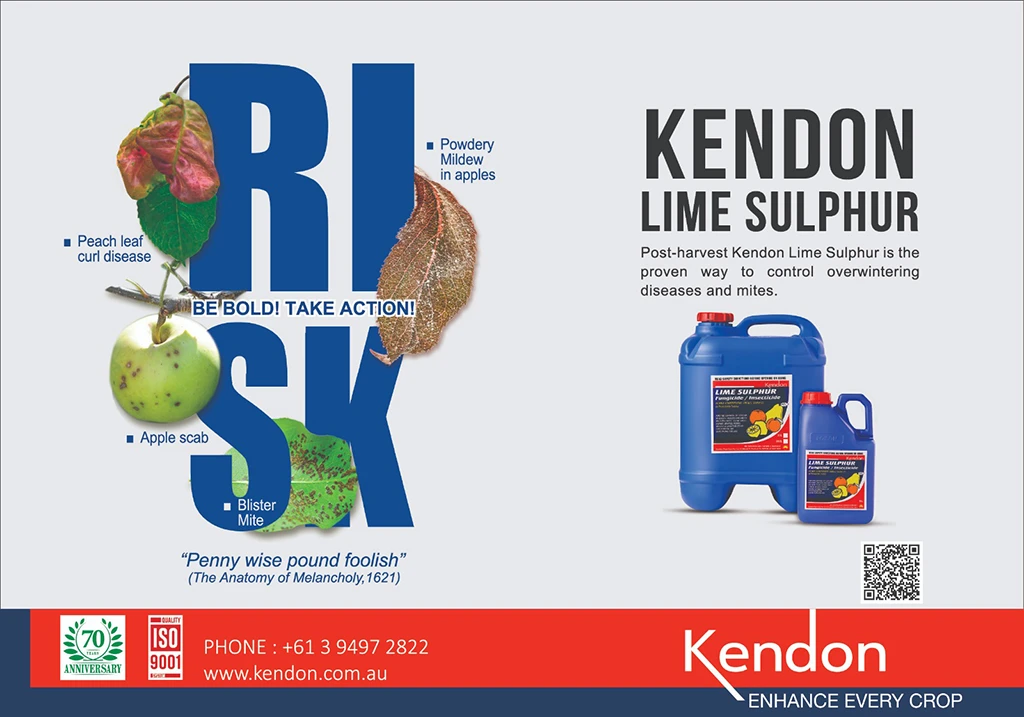
Understanding the RISK from Overwintering Pathogens and Pests
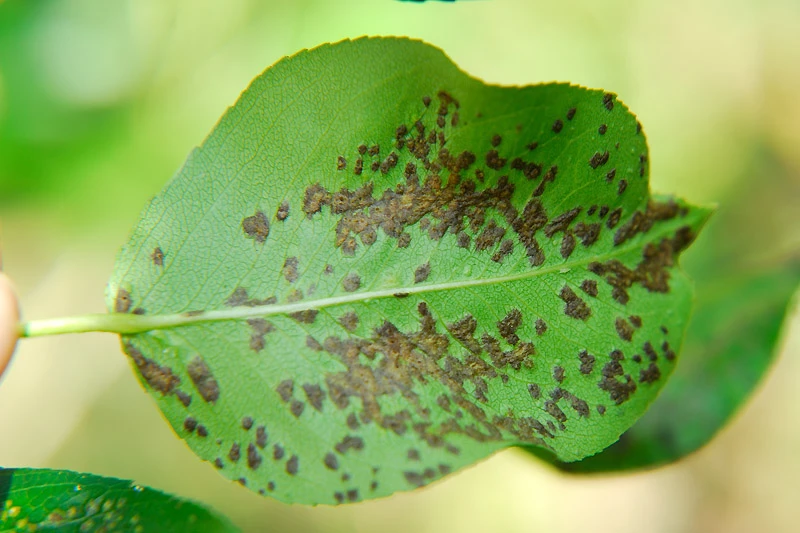
Blister Mite (Eriophyes pyri)
Overwinters as adult females or nymphs beneath bud scales or in bark crevices.
Mainly affects apple, pear, plum, cherry, apricot, and other pome and stone fruits.
RISK: Early spring activity begins as mites migrate to unfolding leaves and buds, where they feed by piercing epidermal cells.
Their feeding induces the formation of blisters or galls on leaves, which appear as raised, light green or reddish areas that later turn brown. Feeding damage reduces photosynthetic capacity, especially in young trees or during high infestations.
Severe infestations can cause Leaf deformation and early leaf drop, Poor fruit bud development, and reducing yield potential in the next season. Infestation often goes unnoticed until symptoms appear, by which point control is more difficult.
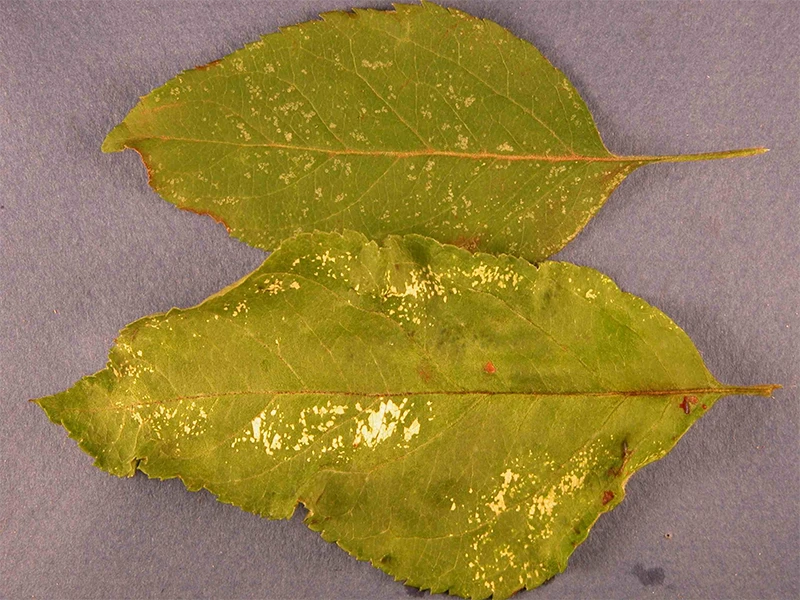
European Red Mite (Panonychus ulmi)/Spider Mite
Overwinters as eggs in bark and bud scales.
Mainly affects apple, pear, plums, cherry, peach, roses.
RISK: Early season hatching can trigger rapid population growth, leading to significant damage. Feeding activity reduces photosynthetic efficiency, which in turn diminishes fruit size and quality. Affected leaves may bronze and drop prematurely.
In severe cases, infestations can compromise not only the current season’s yield and fruit coloration, but also negatively influence fruit set in the following year. These outbreaks often necessitate the use of intensive chemical controls, disrupting IPM (Integrated Pest Management) balance and increasing production costs.
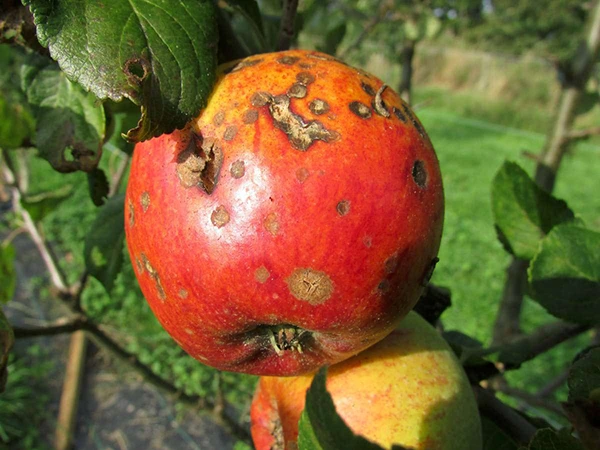
Apple Scab (Venturia inaequalis)
Overwinters in fallen leaves as pseudothecia.
Mainly affects apple, crab-apples & pears.
RISK: Early-season infections, driven by ascospore release during spring rains, target young, emerging leaves and fruitlets. This results in extensive scabbing on both foliage and fruit, leading to premature defoliation and substantial reductions in both yield and fruit quality—especially in highly susceptible cultivars.
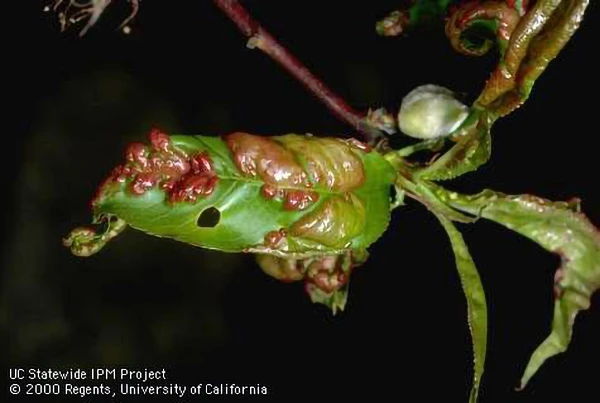
Peach Leaf Curl (Taphrina deformans)
Survives on buds and bark.
Mainly affects peaches and nectarines
RISK: Spring infections cause leaf distortion and defoliation, prompting the tree to use extra energy to produce new foliage. This added stress weakens overall tree vigour, depletes resources, and can significantly reduce both current fruit set and future yields.
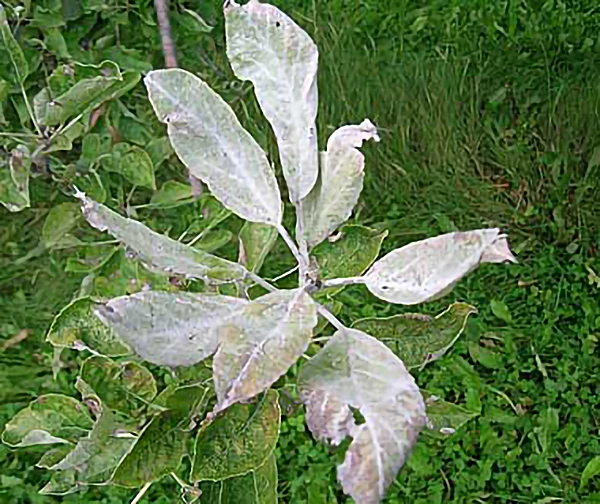
Powdery Mildew (Podosphaera leucotricha)
Hides in infected buds over winter.
Mainly affects apple, pear, stone fruits, mango
RISK: This can lead to distorted and stunted growth, reduced photosynthesis, and premature leaf drop. In fruit-bearing plants, powdery mildew may result in poor fruit quality and yield loss.
The risk is heightened under warm, dry days followed by cool, humid nights—conditions that favour fungal development.
If left unmanaged, recurring infections can weaken plants over time, making them more susceptible to other pests and diseases.
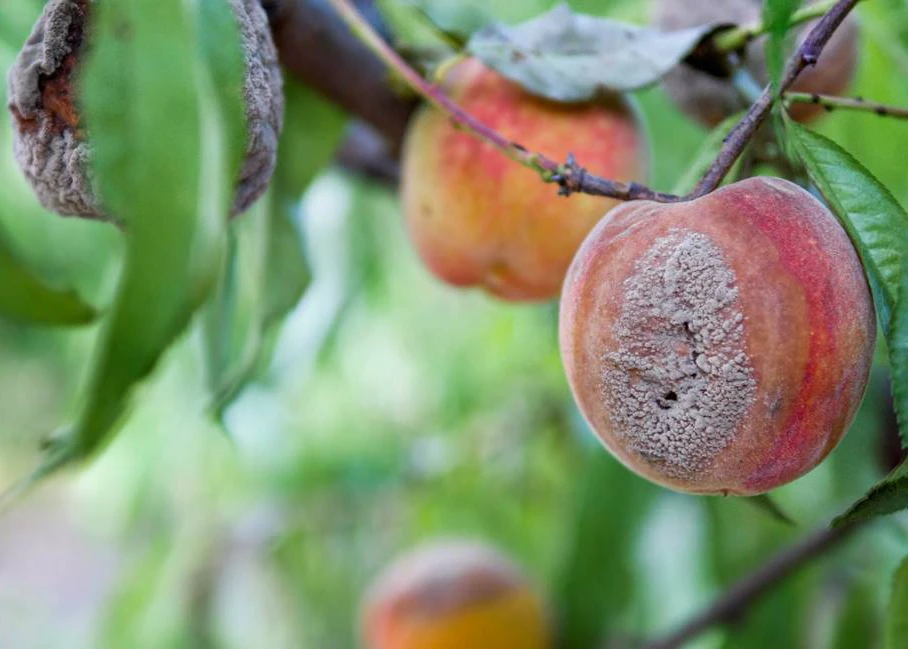
Brown Rot (Monilinia spp.)
Persists in mummified fruits and twig lesions.
Mainly affects stone crops
RISK: In warm, moist spring conditions it can infects blossoms, shoots, and fruit, leading to blossom blight, twig dieback, and rapid fruit decay.
Infected fruit can become mummified, serving as a source of spores for future infections. If unmanaged, brown rot can cause significant crop losses and reduce fruit quality both pre- and post-harvest.
Kendon Lime Sulphur: A proactive solution to minimize RISK
Kendon Lime Sulphur (calcium polysulfide) is a caustic material and after application it breaks down, releasing sulphur. Kendon Lime Sulphur acts by directly destroying overwintering pest eggs and fungal spores. It is a contact agent that:
- Reduces RISK of springtime infections by disrupting pathogen structures.
- Reduces RISK of mite outbreaks by desiccating eggs before they hatch.
- Reduces RISK of fungicide resistance by minimizing primary infections that require repeated synthetic sprays.
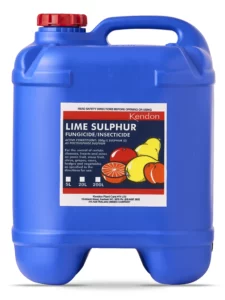
Benefits of Kendon Lime Sulphur in RISK Management
RISK reduction through Fungal Inoculum Suppression
One of the primary benefits of using Kendon Lime Sulphur in dormant-season applications is its ability to significantly reduce overwintering fungal inoculum. By destroying dormant spores and fruiting bodies on twigs, bark, and fallen leaf litter, it effectively cuts down the reservoir of disease-causing agents present at the start of the growing season.
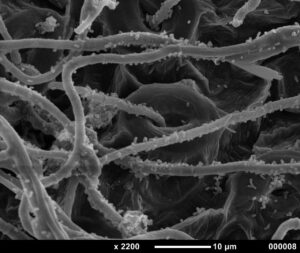
This results in lower primary inoculum pressure and either delays or completely prevents early-season infections, especially those caused by pathogens like Venturiainaequalis (apple scab) and Taphrina deformans (peach leaf curl).The outcome is a substantial reduction in the RISK of disease outbreaks just as trees begin active growth.
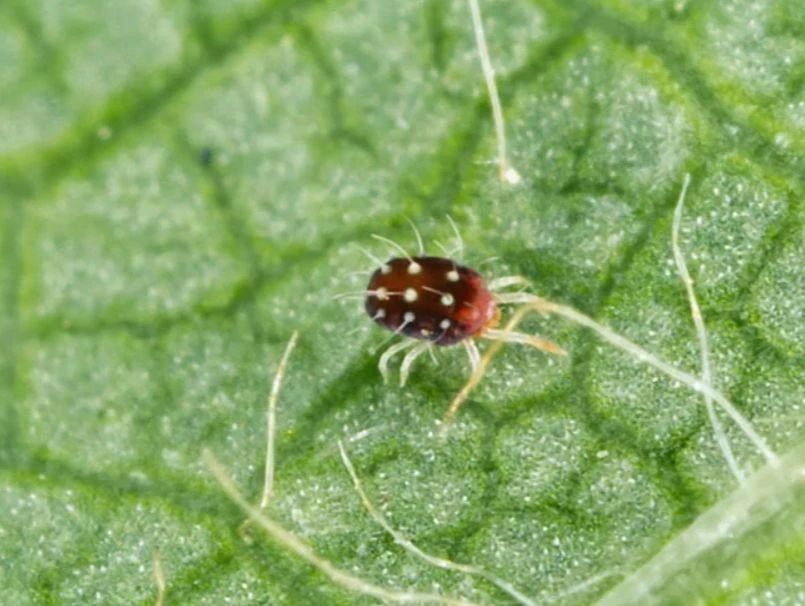
Mite Population Control
Kendon Lime Sulphur is also an effective miticide when applied during the dormant period. It targets the overwintering eggs of key pests such as European Red Mite (Panonychus ulmi) and rust mites, destroying them before they can hatch and infest emerging foliage. This proactive control method reduces the RISK of spring feeding damage, which can otherwise lead to leaf bronzing, reduced photosynthesis, and lower fruit quality.
Moreover, by suppressing mite populations early in the season, Kendon Lime Sulphur helps protect and preserve beneficial predatory insects, supporting a more balanced and sustainable orchard ecosystem.
Resistance Prevention
Another critical advantage of early-season Kendon Lime Sulphur use is its role in slowing the development of chemical resistance. When early infections and infestations are prevented or significantly minimized, growers can reduce their reliance on in-season chemical treatments. This means fewer applications of synthetic fungicides and miticides during the growing season, which in turn lowers the RISK of resistance development in both pathogens and pests. This benefit is particularly important for preserving the long-term efficacy of active ingredients used in IPM programs.
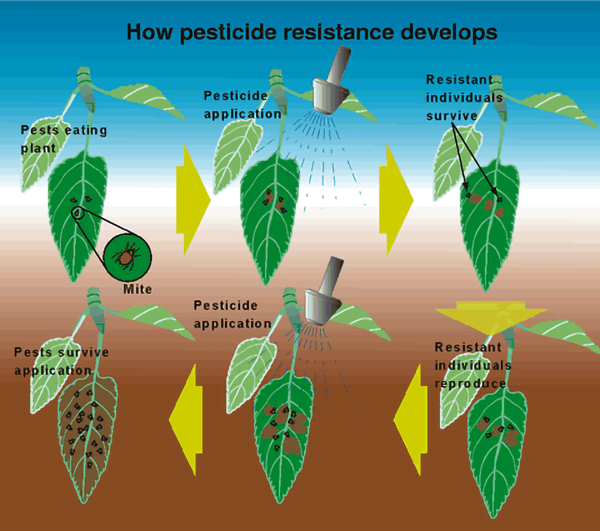
Organic and Sustainable
Kendon Lime Sulphur is commonly used in organic production systems, making it an excellent choice for growers who prioritize sustainability and eco-friendly practices. It leaves no harmful residues on fruit or foliage and breaks down rapidly in the environment, posing minimal threat to non-target organisms. Its use helps reduce the environmental RISK associated with repeated applications of synthetic pesticides.
Best Practices to Maximize RISK Reduction
To achieve optimal results with Kendon Lime Sulphur and maximize its RISK-reduction benefits, correct timing and technique are essential. The ideal application window is after full leaf drop and before bud swell, typically during winter when trees are fully dormant. At this stage, overwintering pests and pathogens are vulnerable, and there is no risk of damaging tender new growth.
For effectiveness, Kendon Lime Sulphur should be mixed at a concentration of 5L per 1000L of water, depending on label recommendations and orchard conditions.
Complete coverage is critical—the spray must thoroughly wet all tree surfaces, including bark, branches, and buds, to ensure contact with overwintering eggs and fungal structures. Growers should take care to avoid mixing Kendon Lime Sulphur with oils once green tissues appeared, as this can cause phytotoxic reactions. Additionally, applications should not be made to young, stressed, or recently planted trees, as these may be more sensitive to the caustic properties of Kendon Lime Sulphur.
Neglecting Kendon Lime Sulphur Application Increases RISK
Failure to apply Kendon Lime Sulphur during the dormant season leaves orchards vulnerable to a cascade of problems. Without this key intervention, overwintering fungal pathogens and mite populations remain intact, setting the stage for early and severe outbreaks in the spring. These outbreaks often strike just as trees break dormancy, when young tissue is most susceptible. As a result, growers are forced into a reactive mode, relying on frequent, costly, and often more aggressive in-season chemical treatments. This not only disrupts IPM programs but also increases environmental RISK, reduces sustainability, and can lead to pesticide resistance.
In short, skipping a Kendon Lime Sulphur application creates a high-stakes gamble with orchard health and profitability.
Don’t be Penny wise – Pound foolish! Take Action Today!
Don’t fall into the trap of being penny wise, pound foolish when it comes to orchard management.
Investing in Kendon Lime Sulphur now is a smart, science-backed decision that targets overwintering pests and diseases when they’re easiest to control. By acting early, you reduce the need for heavier chemical use later in the season, lower your risk of spring outbreaks, and safeguard both tree health and crop yield. Make the cost-effective choice that pays off in the long run.
Buy Kendon Lime Sulphur today and set your orchard up for a stronger, healthier season.